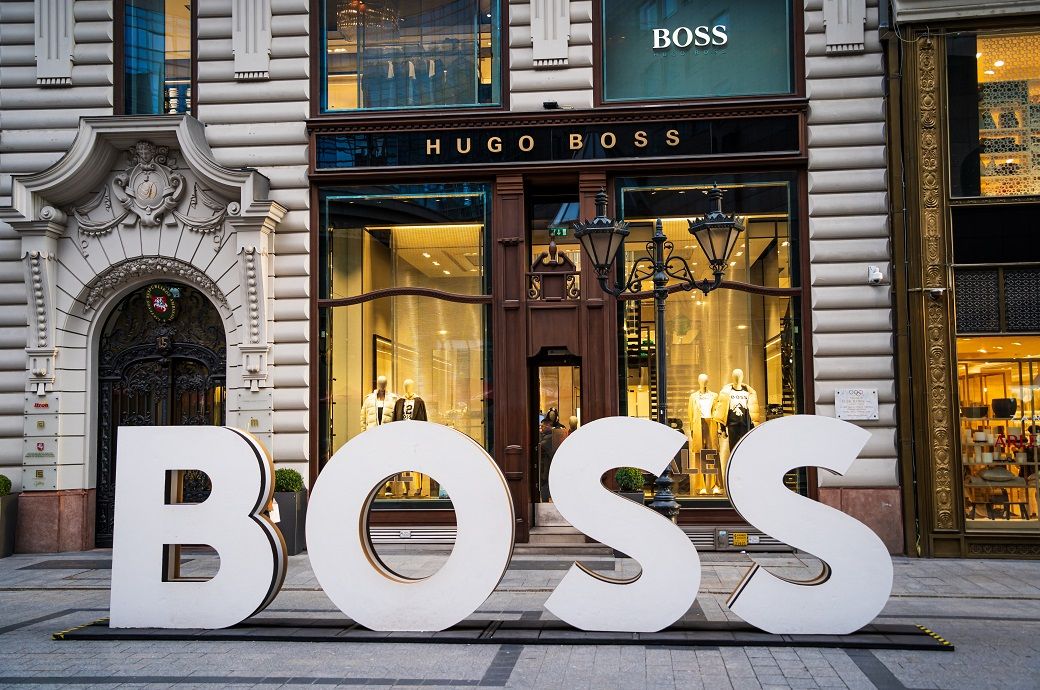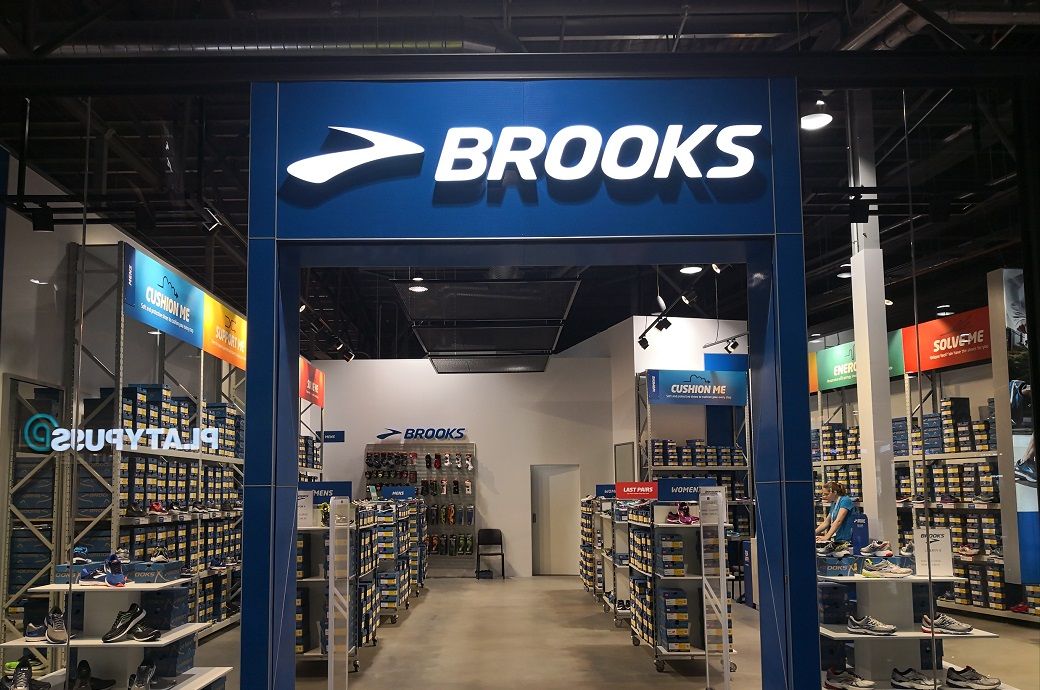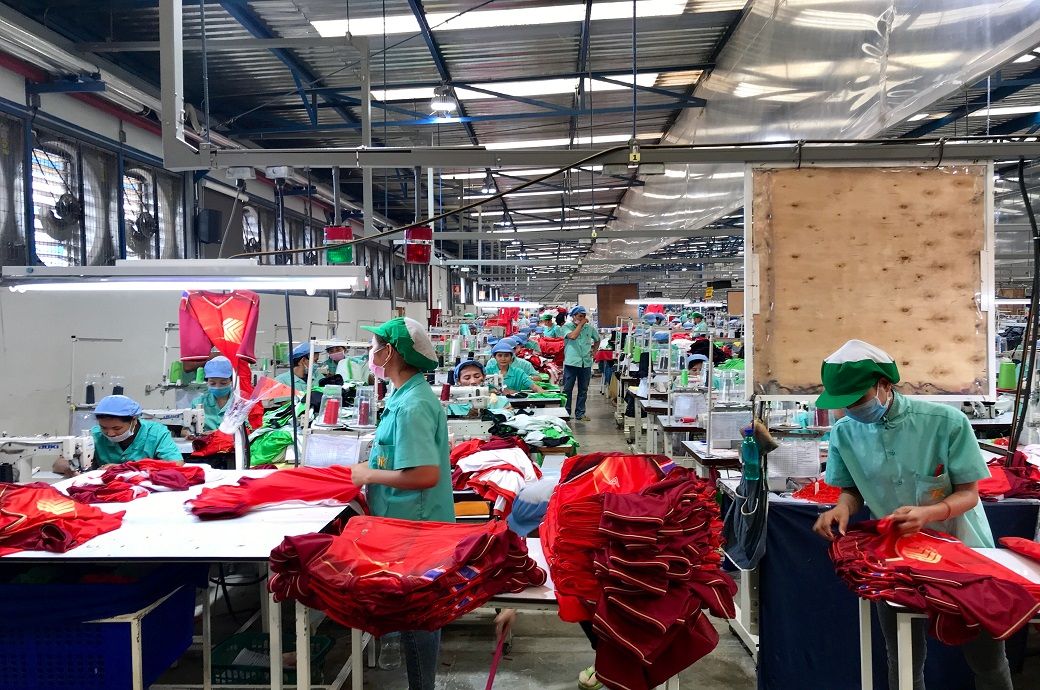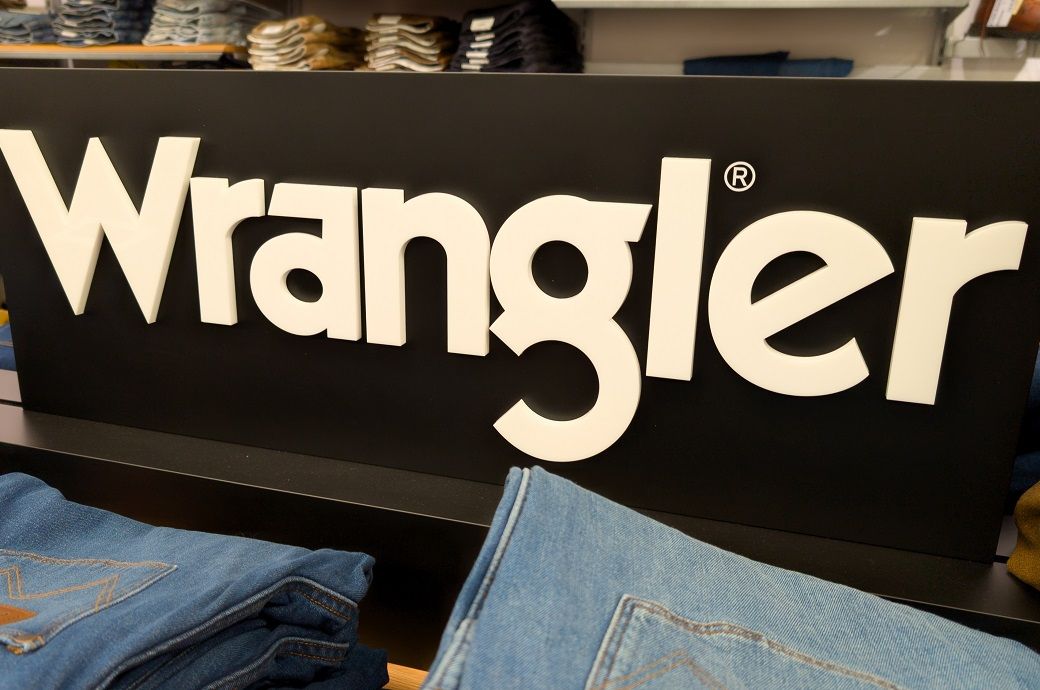The company’s gross margin increased 100 basis points (bps) to 61.2 percent, reflecting lower transportation costs and sourcing efficiencies, while operating expenses fell 3 percent due to strict cost management.
Hugo Boss reported a 1 percent year-on-year decline in sales in the third quarter of 2025, but achieved higher profitability through cost control and sourcing efficiency. Gross margin increased 100 basis points to 61.2 percent, while EBIT remained stable at €95 million (~$109.25 million) with a margin of 9.6 percent. Earnings per share increased 7 percent and free cash flow increased 63 percent. The company reaffirmed its FY25 guidance amid currency headwinds.
Operating profit (EBIT) remained broadly stable at €95 million (~$109.25 million), translating into an EBIT margin of 9.6 percent, an increase of 30 basis points year-on-year. Earnings per share (EPS) rose 7 percent to €0.85, supported by stronger financial results and lower net expenses. Free cash flow increased 63 percent, driven by increased CapEx efficiency, Hugo Boss said in a press release.
Regionally, the Americas showed renewed momentum (+3 percent), while EMEA declined slightly (–2 percent), with gains in Germany and France offset by weaker sales in the United Kingdom. The Asia/Pacific region fell 4 percent, mainly due to lower sales in China, although Southeast Asia and Japan showed modest improvement.
“Despite ongoing global market volatility in the third quarter, we remained focused on our strategic priorities, emphasizing long-term brand strength over short-term profits,” he said. Daniel Grieder, CEO of Hugo Boss. “We achieved significant efficiency gains, achieving notable gross margin expansion and optimized expenses. This is clear evidence of the operational excellence and resilience at the core of our business model. Accordingly, we confirm our revenue and results guidance for 2025, while remaining vigilant in navigating current market uncertainties.”
“Our ‘CLAIM 5’ strategy has been instrumental in driving our growth and establishing a solid foundation for long-term success. With our two iconic brands, a strong business platform, and the passion and commitment of our global teams, we are well positioned to create lasting value for our shareholders,” added Grieder.
The Boss Menswear line remained stable year-on-year, supported by the launch of the Beckham
By contrast, Boss Womenswear and Hugo reported sales declines of 9 percent and 5 percent, respectively, as the company continued to refine product assortment and streamline distribution.
In terms of channels, digital sales increased 2 percent, driven by growth on its official website and through digital partner channels. Traditional retail remained stable but improved sequentially from the second quarter, while wholesale decreased 5 percent due to delivery timing, which is expected to reverse in the fourth quarter.
Marketing investments fell 8 percent to €70 million as the company prioritized high-impact initiatives such as the Milan Fashion Show. Administrative expenses were 2 percent lower, highlighting tight overhead control. The company’s commercial net working capital increased 11 percent to 909 million euros, reflecting higher inventories and lower accounts payable, but remained below second-quarter levels.
Hugo Boss reaffirmed its 2025 guidance, expecting group sales and EBIT to be at the lower end of ranges due to persistent macroeconomic and currency headwinds. Sales for the full year are forecast between €4.2 billion and €4.4 billion, while EBIT is forecast between €380 million and €440 million.
The company expects to maintain its EBIT margin between 9 and 10 percent, improve efficiency by optimizing sourcing and administration, and limit capital expenditure to the lower end of 200 to 250 million euros.
Fiber2Fashion News Desk (SG)



